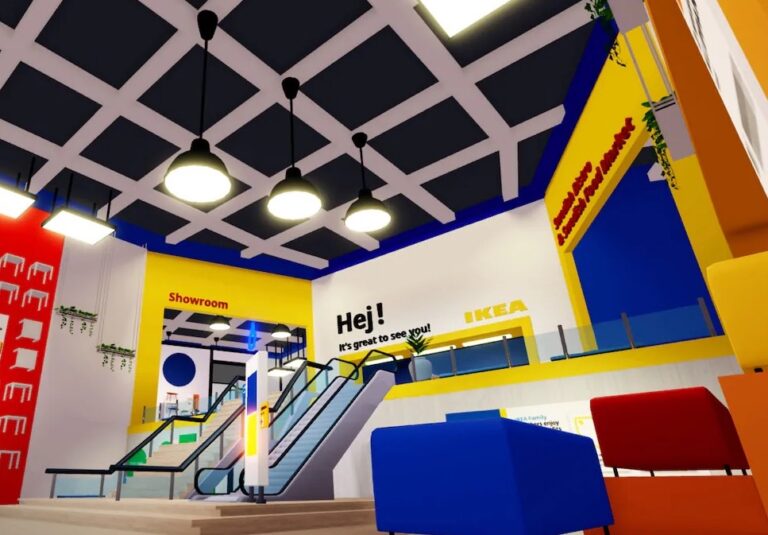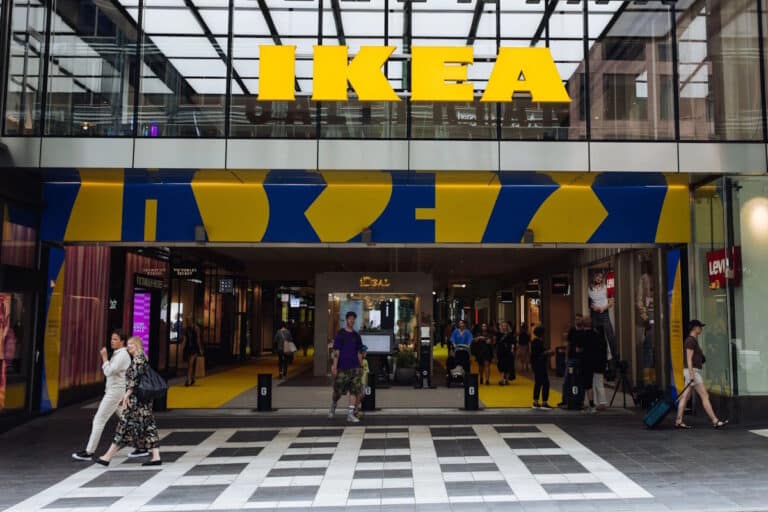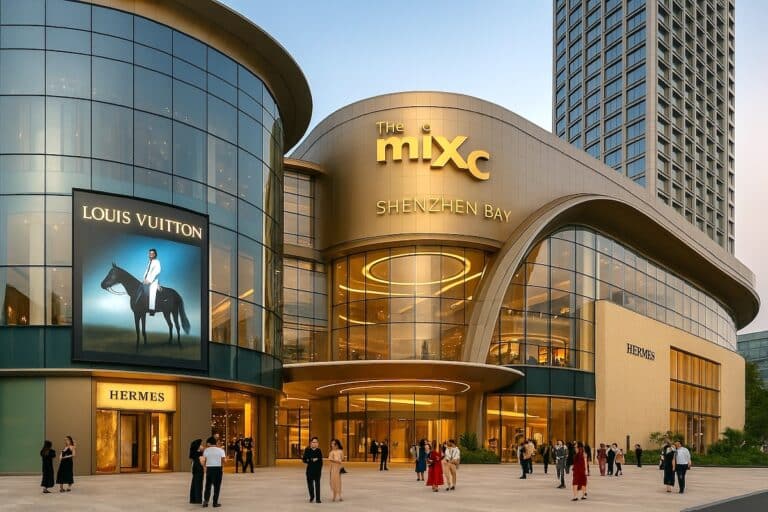From Nike’s storytelling to IKEA’s precision and Glossier’s human tone—the best retail press releases don’t just announce, they connect.
From Nike’s storytelling to IKEA’s precision and Glossier’s human tone—the best retail press releases don’t just announce, they connect.
Some press releases you remember. Most—you delete halfway through the first paragraph.
At Malls.com, we get hundreds of retail stories every month—about openings, partnerships, “strategic collaborations,” and the occasional “visionary concept.” Only a few make us stop scrolling.
And it’s rarely because of budget or fame. Usually, it’s because someone on the brand side still remembers why the story matters.
Below are a few simple things we’ve learned watching the best retail PR people at work.
If there’s no reason this story needs to come out today, it’s not news. It might be an article. Or a nice internal memo. But not a press release.
The timing is everything in retail. A summer campaign in October? Dead on arrival. A store opening sent the same-day influencers are post from it? Perfect.
Nike’s “Rise” concept in Seoul landed in inboxes the morning it opened—not a week later. The first line didn’t talk about “square footage” or “interactive zones.” It simply said the space was built to make every visitor feel like an athlete in their own city. No buzzwords—just a reason to care.
That’s what a good release does: it captures a moment, not a milestone.
There’s a special kind of sentence we call “editor repellent.” It usually starts like this:
“Company X continues to innovate and strengthen its position as a leader in…”
That’s where most editors stop reading.
A press release isn’t a medal ceremony. It’s a heartbeat. We want to know what’s happening, who made it happen, and why it matters now.
When LEGO announced its “Replay” program—inviting families to donate used bricks—the release didn’t brag about sustainability. It showed it through simple facts: how many sets could be reused, where they go, and why it matters for kids.
That’s good PR: clear, grounded, and real.
We can tell when a release is written by a person—and when it’s written by a committee. Too many sound like legal disclaimers disguised as inspiration.
The good ones sound like the brand itself. Glossier writes the way it talks: warm, slightly playful, and confident. IKEA keeps it calm and human—as if they’re explaining something over coffee. Starbucks always finds a way to bring people into the story.
If your release doesn’t sound like you, it won’t connect. Read it out loud. If it feels awkward, rewrite it. If it makes you smile, send it.
Editors can smell vagueness faster than coffee. We don’t need superlatives—we need specifics.
Tell us the location, the square meters, the architects, the partners, and the opening date. Give us context: why this store, why this place, why now?
When IKEA opened its first fully circular store in London, the release had three short paragraphs, a single quote, and exact data, down to energy savings and reused materials. It wasn’t long, but it was solid.
That’s the difference between PR noise and retail reporting.
One great image can do more than 500 words. Retail is visual—your press release should be too.
When Gucci unveiled its Vault concept, the first photo wasn’t a storefront. It was a hallway of gold and mirrors—surreal, cinematic, unforgettable. You didn’t need the copy to understand what it was about.
If you’re announcing a space, show the atmosphere. If it’s a partnership, show the people behind it. If it’s technology, show how it lives inside the store.
Not every story fits everywhere. At Malls.com, our readers are retail developers, architects, and brand managers—people shaping real-world spaces. They care about concept, design, and business value, not just brand awareness.
If your story connects retail, place, and experience—it’s our language. If it’s just a “corporate update,” it belongs on LinkedIn.
So before you hit send, ask:
“Would this be interesting to someone building the future of retail?”
If yes, send it our way.
A good press release doesn’t shout. It speaks. It doesn’t try to look perfect. It tries to mean something.
When H&M launched its modest fashion line in the Middle East, the release did not replicate the global marketing materials. It talked about local designers, culture, and community—without pretending to “discover” them.
That’s respect. And that’s what makes people—and editors—listen.
The secret to great retail PR isn’t in the structure, SEO, or AI tools. It’s in empathy—for your customer, for your partners, and for the person reading your story.
If your release feels human, has a heartbeat, and belongs to the moment—it’ll travel. If it sounds like it could’ve been written last year, it’ll disappear.
We’ve seen both. Every day.
If you have something real to tell—a launch, an idea, a transformation—we’d love to read it.
We read everyone. And when the story’s alive, we’ll make sure it’s seen.
Want to share your company’s latest updates, store openings, or partnerships?

IKEA on Roblox, developed by The Gang, a Swedish game design company, launches on June 24th.

New IKEA store will be the third City store in the UK, following IKEA Hammersmith and IKEA Oxford Street.

Ikea Preowned launches in Madrid and Oslo with plans for global expansion by December.

Central Pattana unveils The Central, a new US$575m mall in Bangkok’s fast-growing northern district with a planned opening in late…

Singles’ Day 2025 breaks new global records with $150B+ in sales. Discover the top categories, data insights, and retail trends…

MixC Shenzhen Bay opens in Shenzhen’s Nanshan district, blending luxury retail, art, and lifestyle into one destination, redefining the Asian…